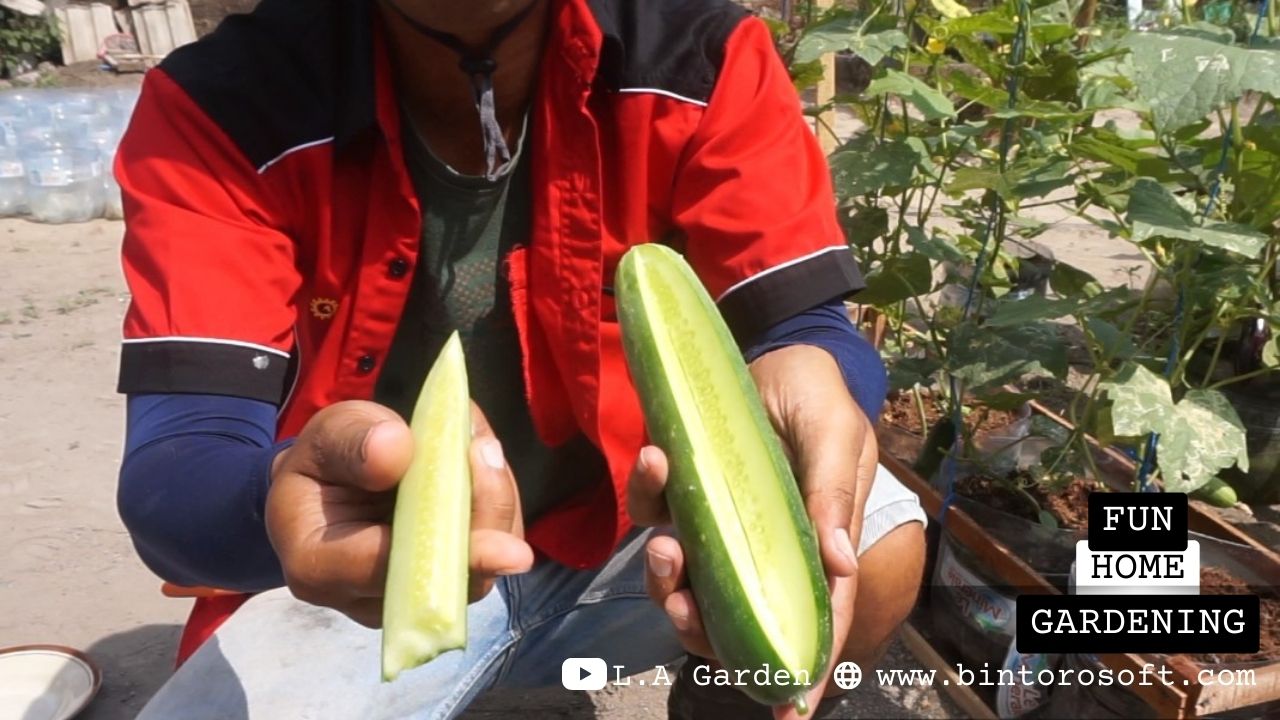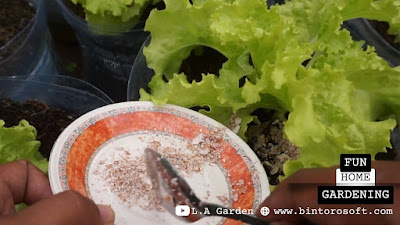This one fruit is known to contain many nutrients. Its delicious taste makes it often used as processed food, drinks, or vegetables. If you eat fried rice, you certainly won't miss the accompanying vegetable, namely cucumber. In addition to fried rice, cucumbers are also often used as pickles for other main dishes. If in Indonesia we only know one type of medium-sized cucumber with green and white stripes, it turns out that cucumbers have many types, you know.
Some are long and some are short. Well, for more details, let's see the article.
1. Armenian Cucumber
Armenian cucumber has other names, namely snake melon or snake cucumber. This cucumber has a long shape with a green color and a paler green stripe. The taste is light and when ripe it will be yellow in color. Cucumber is suitable for eaten directly with the skin or used in salads. A tip for choosing Armenian cucumbers is to choose one that is 11-15 inches long which takes about 55-75 days.
2. Cucumber hothouse
Hothouse cucumbers are called British cucumbers or European cucumbers. Hothouse cucumbers include expensive types of cucumbers because the planting process is usually carried out in a greenhouse. The shape tends to be thin, and smooth-skinned and the majority do not have seeds. These cucumbers have a milder taste and are perfect for salads or canapés. The best option is to choose one that is 12-24 inches long.
3. American cucumber
American cucumbers are called slicing cucumbers. Not too long, green and yellowish at the ends. Cucumber also has a thick skin so it has a longer shelf life. Because the skin is thick, to eat cucumber, it is highly recommended to peel the skin first. The best option for picking these cucumbers is to pick one that is 8-10 inches long.
4. Cucumber Kirby
The Kirby Cucumber is a type of cucumber that has small, small seeds, tough but fresh flesh, and is usually unwaxed. That makes the Kirby cucumber a chef's favorite cucumber. The crunchy and light taste is perfect for making pickled cucumbers. The best cucumber to choose from can be seen from its length which measures 3-6 inches.
5. Cucumber lemon
As the name implies, this cucumber is shaped like a lemon, round like a fist. Lemon cucumbers are yellow when ripe, and have a crunchy and light flesh texture. The taste is soft and sweet so it is suitable for salads, salsa, or eating directly. To choose a good lemon cucumber, choose one that is the size of a tennis ball.
6. Cucumber gherkins
Gherkins cucumbers include cucumbers that have a short size and have another name cornichon. Has wavy skin color and tends to be light green. Cucumber is usually eaten directly, but there are also made pickles or friends to drink bloody mary. For the best pick, choose cucumbers that are 2-3 inches in size.

































 It doesn't matter that you want to become strong! There's no need to compare yourself to them! The others are themselves and you are yourself! The answer to your life are all within you!!
It doesn't matter that you want to become strong! There's no need to compare yourself to them! The others are themselves and you are yourself! The answer to your life are all within you!!